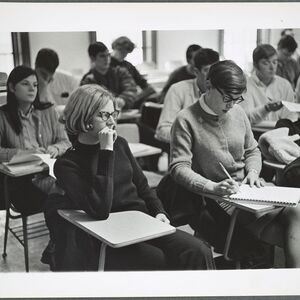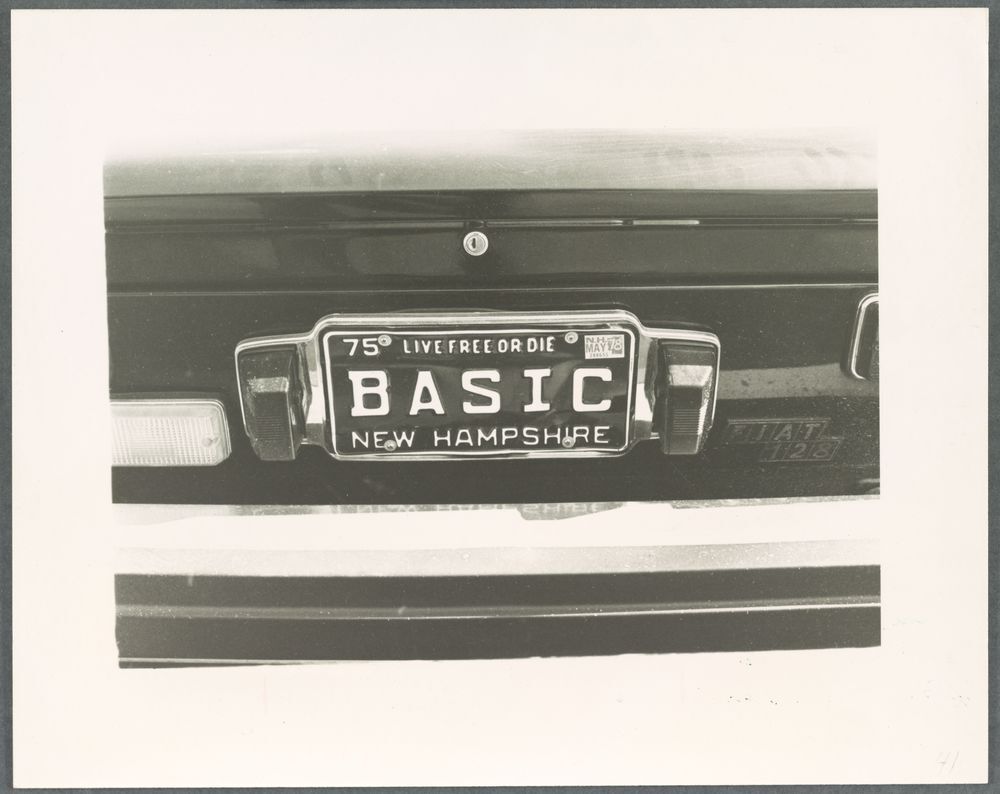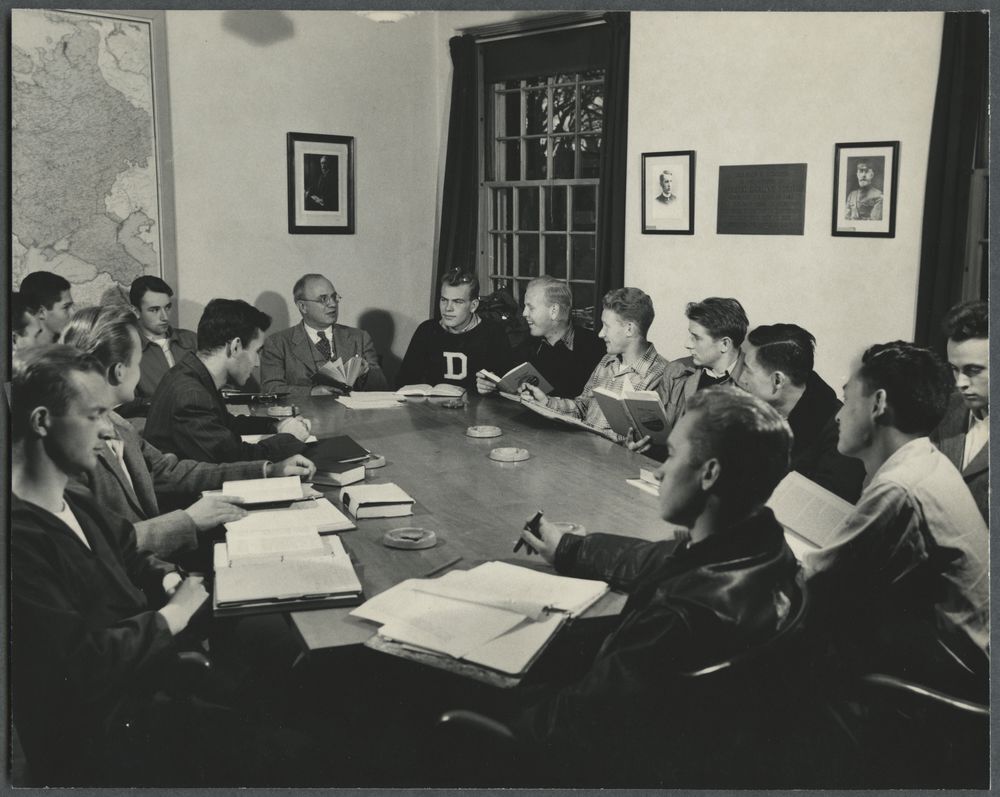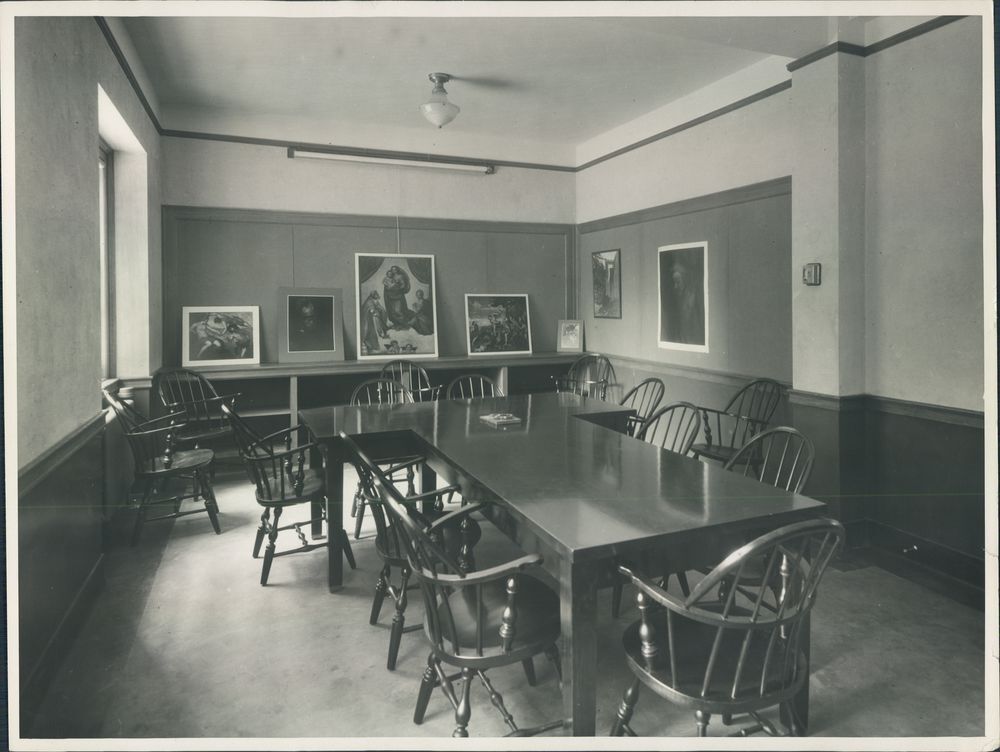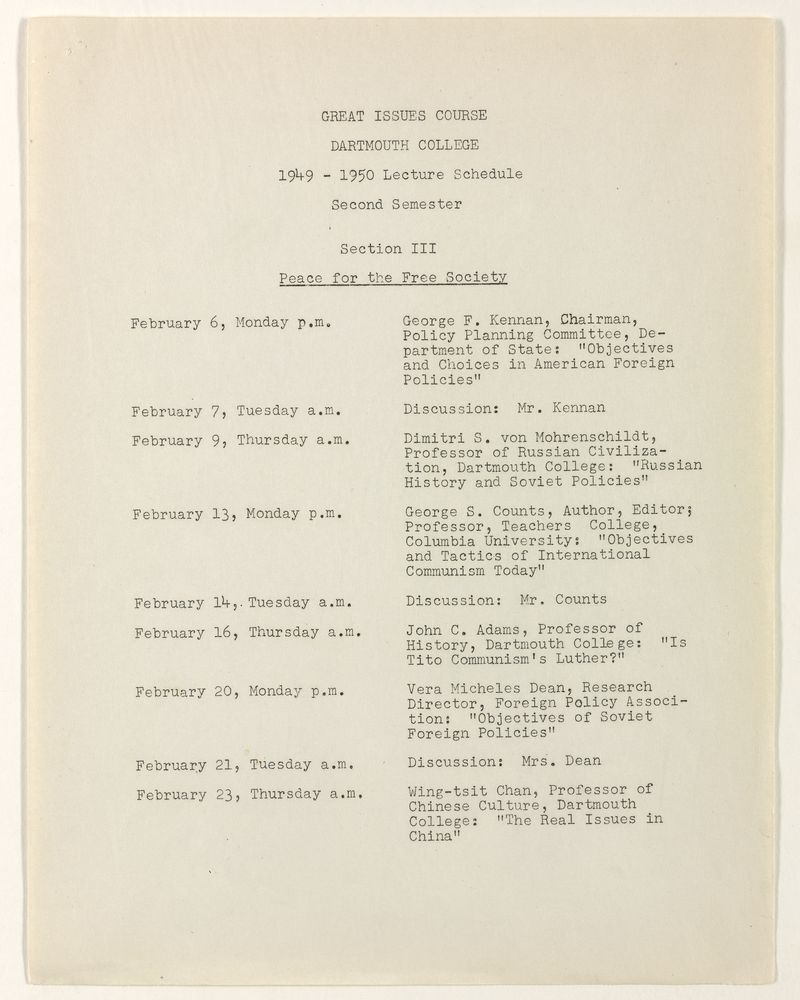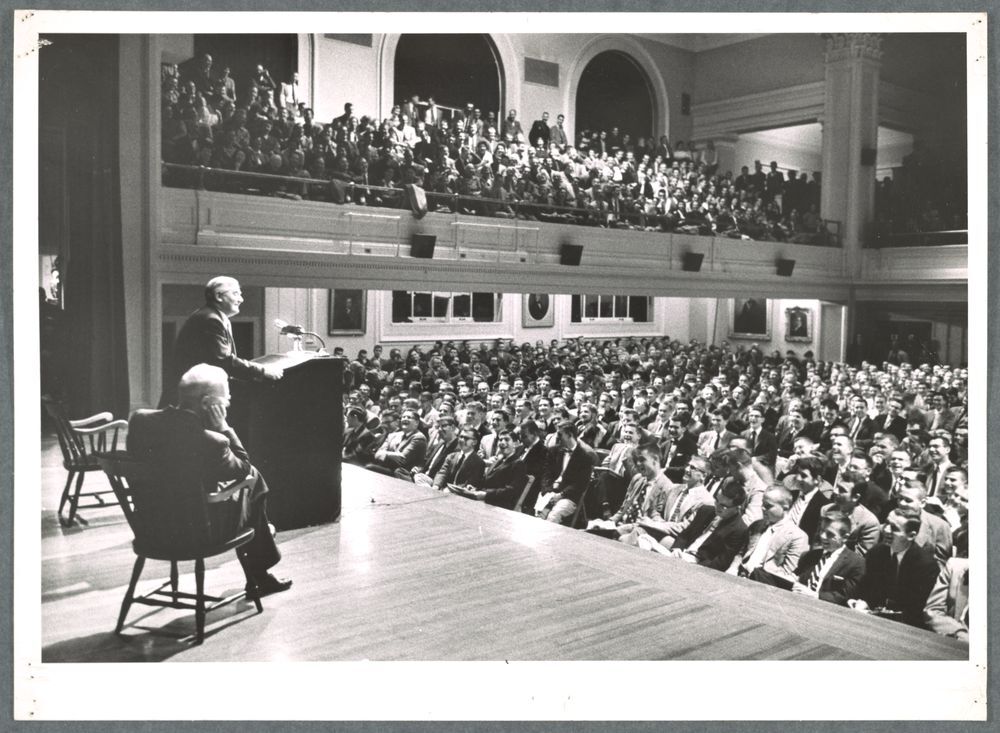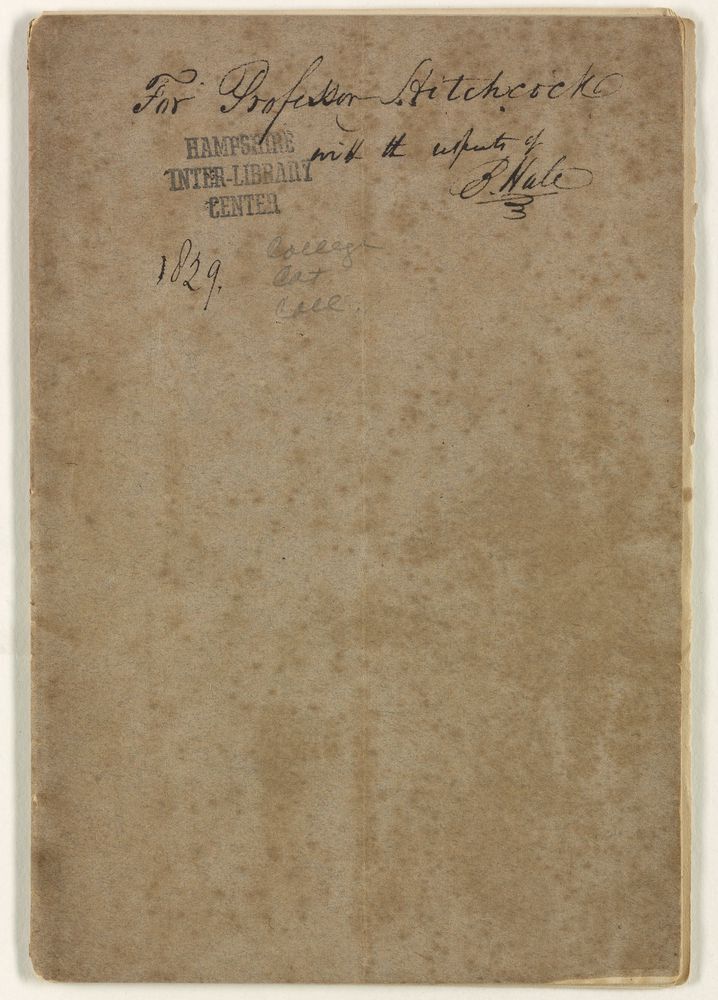Intellectual Space: The Classroom Experience
What Dartmouth strives to be—a community devoted to intellectual pursuit to create new research and the leaders to change the world—depends to some extent on its physical plant, but also on a broader sense of space. That space is amorphous, and not in any way confined to the classrooms. It is funny, when people reflect back on their college experiences, the classroom, the most basic space devoted to learning, is often pushed aside by other memories. It is the space viewed more broadly that defines the intellectual world of Dartmouth. From the classroom, to the dorm, to the disk space on a server, and the space between the covers of a book, the intellectual life of the College is dispersed across the community.
Previous: Outdoors as Classroom

